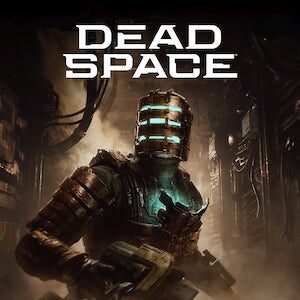Dead Space is the dictionary definition of a mastered remaster.
The Dead Space remake makes The Callisto Protocol look bad
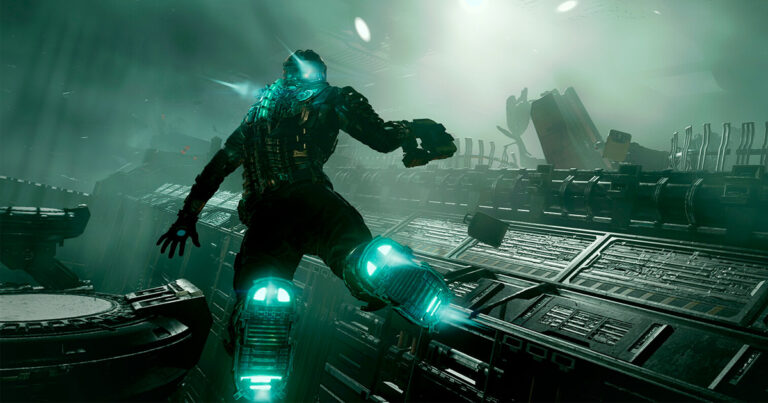
You know that the new survival-horror kid on the block is scared when it pushes out an inexplicably missing New Game Plus mode ahead of schedule. That new kid is The Callisto Protocol, and it’s frightened of a remake of a 15-year-old iconic survival-horror game: Dead Space. The thing is, The Callisto Protocol has every right to be afraid because this Dead Space remaster is incredible.
Despite being a seventh-generation game, the original Dead Space was a surprise launch from EA that looked really, really good in 2008. Comparing Dead Space of yesteryear to the Dead Space remaster, and the difference is night and day. With the Frostbite engine powering it, Dead Space has never looked better.
Eye candy is one thing, but it doesn’t count for much if the rest of the elements aren’t there. Thankfully, these new levels of fidelity are used to up the fear. The attention to detail afforded by 15 years of hardware advancements is put to expert use here by Motive Studio, the legends behind the criminally underappreciated (and under-supported) Star Wars: Squadrons.
For those unaware, Dead Space is a survival-horror game set in a giant futuristic haunted house. The haunting comes in the form of horrifically deformed Necromorphs and the house is the USG Ishimura: a so-called planet cracker spaceship that’s dug up something it shouldn’t on its farewell voyage. Playable character Isaac Clarke and his crew turn up to a ship devoid of human crew but packed to the gills with all manner of body-morphed terrors.
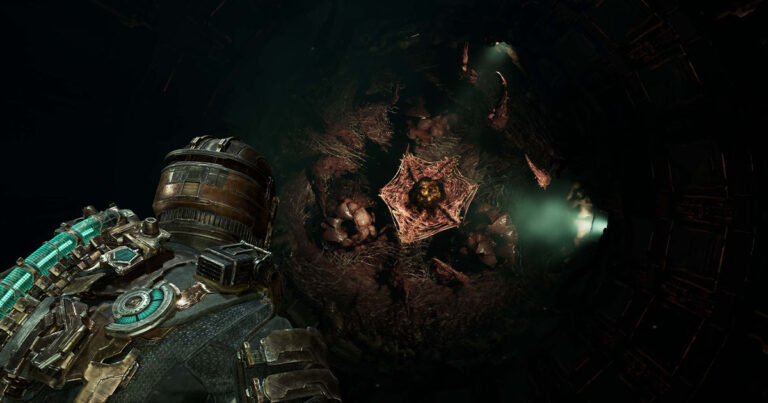
Whether you’re a first-time Dead Space-r or a seasoned Necro-stomping veteran, you’re in for a treat. I fall into the latter camp, and I was on board from the get-go. Dead Space is oozing with horrific atmosphere, sometimes literally. Unlike the original, you never really feel safe. That’s thanks a lot to the sage inclusion of an intensity director, built to ensure the lulls never really (Necro)morph into lullabies.
Sometimes the director will mess with you with sounds, other times the lights will go out, and others you’ll be accosted by the sudden appearance of a solitary or squad of terrors. Ammo is precious in Dead Space, even on normal difficulty. By itself, that’s not a bad thing—this is survival-horror, after all—but how the game handles ammo dispersion is one of a handful of carry-overs from the original game that I wish had been improved.
The arsenal isn’t massive but with only four weapon slots, you’ll be forced to find your favourites. A couple are obvious choices, but there are some compelling reasons to be torn between the other options, even if the flamethrower is situational to the point of being not worth the limited inventory space.
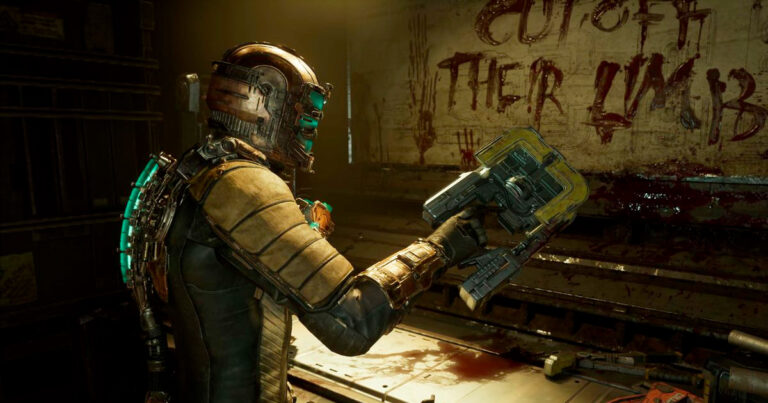
Zero-g sections have been improved, too, borrowing from the free-floating Dead Space 2 approach instead of the rigid form that was in the original Dead Space. It’s a mostly welcome change, though it’s odd Motive didn’t include the ability to manually move vertically, particularly because spinning around in zero-g is sometimes nauseatingly difficult for finding the right way.
Another improvement for the better is that Clarke is now fully voiced, using the same voice actor that unmuted this once-silent protagonist in the two original Dead Space sequels. Thankfully, he’s not overly chatty, but it helps make him more of a character and less of an early 21st century gaming trope. It also distracts from a familiar setup and ultimately adds an emotional oomph to how the story ultimately plays out, helped along by the limited inclusion of side quests.
These side quests are linked to the reality that the Ishimura is a tip-to-tail explorable space (once you’ve unlocked every section). And all of that without loading screens, unless you count the tram system that makes zipping between main points a whole lot more straightforward. To help entice exploration, Motive has also added a world-appropriate system that locks off certain doors and lockers behind a few access ranks. The rewards aren’t particularly massive, but it’s a welcome touch that’s rewarding for completionists, curious cats and ammo-starved players alike.
Even with the return of a lacklustre final boss fight, none of the minor detractors are enough to hold back Dead Space from being a shining example of how to remaster a game. If you’re a fan, you have to play it. If you’re new to the series, it’s equally essential. Dead Space will have you hooked from the atmospheric opening to the sequel-bait conclusion.
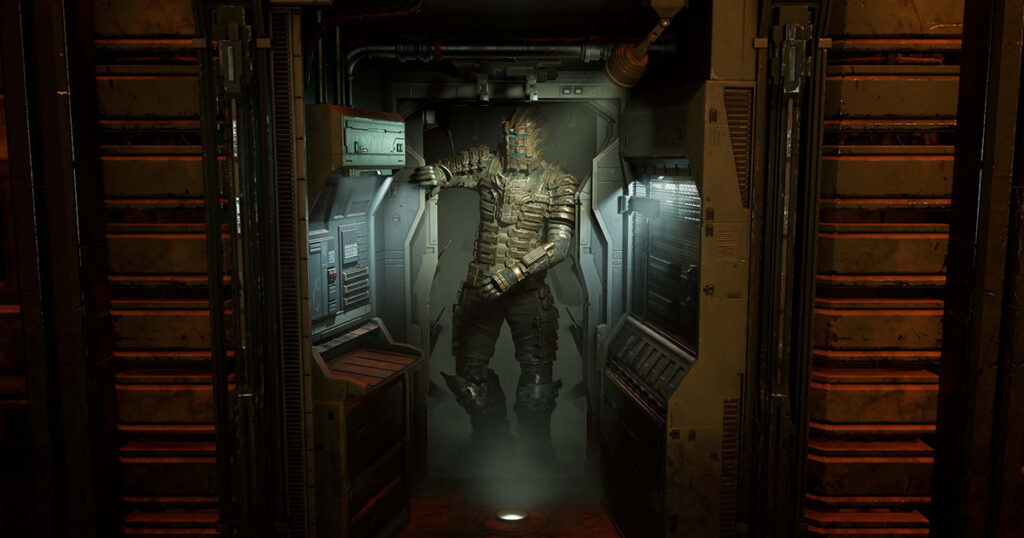
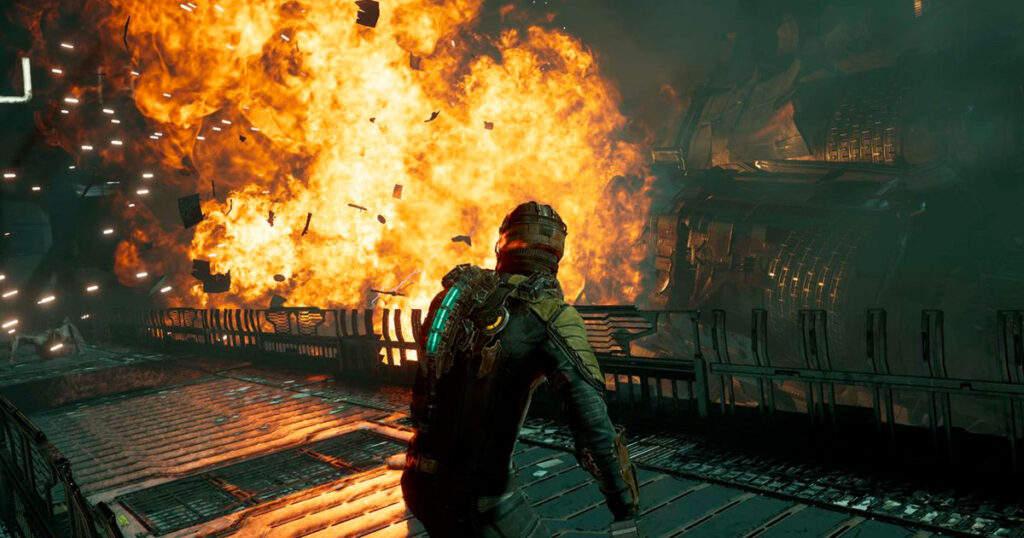
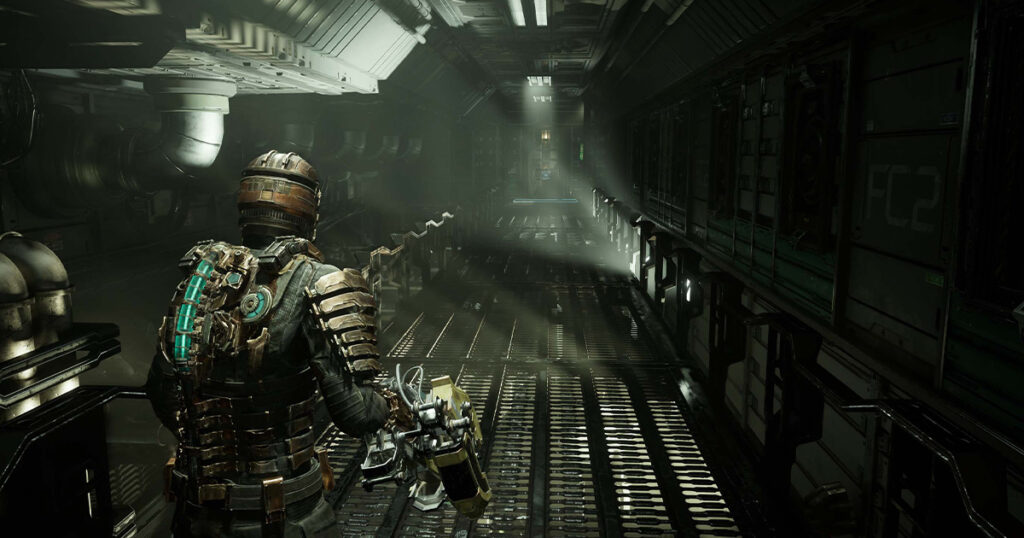
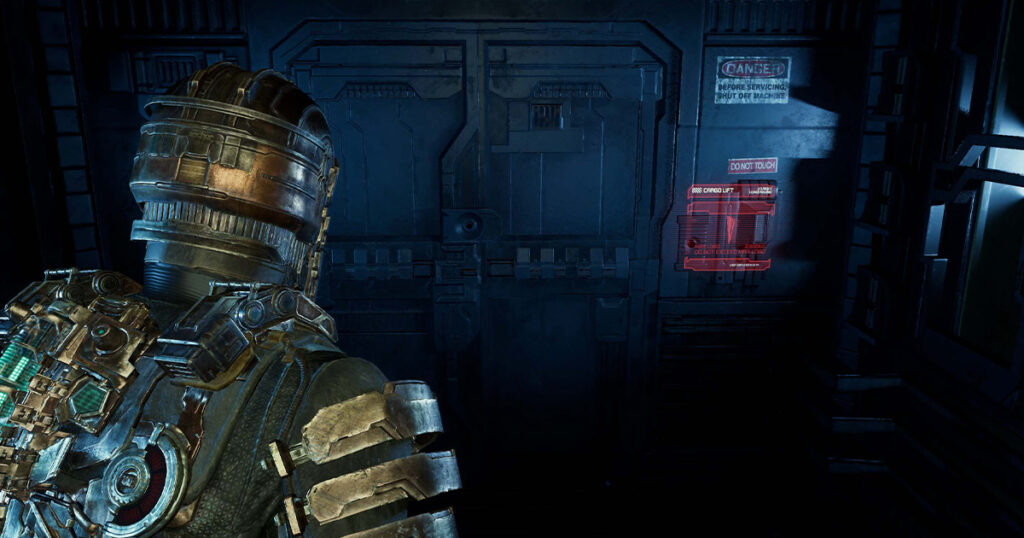
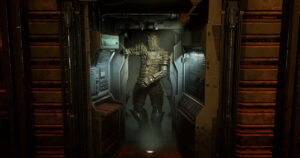
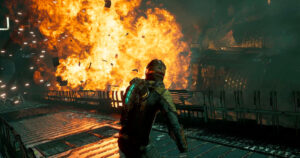
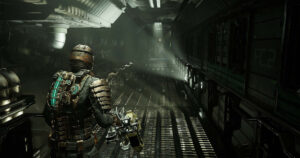
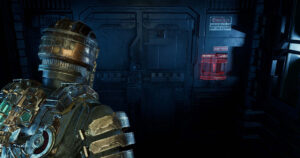
I did some testing of Dead Space on the Steam Deck prior to release and it was a mixed bag. Dead Space took ages to compile shaders and load for the first time. Once loaded, it was a single-frame affair for a while, assumedly, until the loading caught up. When everything was loaded, I was able to get between 50 and 60 frames per second, which was surprisingly playable for a game that needs DLSS activated to play on my desktop computer at 4K. But then, I’d shift into another area typically hidden behind seamless loading on a desktop PC, and it would be back to single-frame freezes until everything had loaded. It’s unplayable on Steam Deck at the moment, but hopefully that changes after launch.
Related Articles




